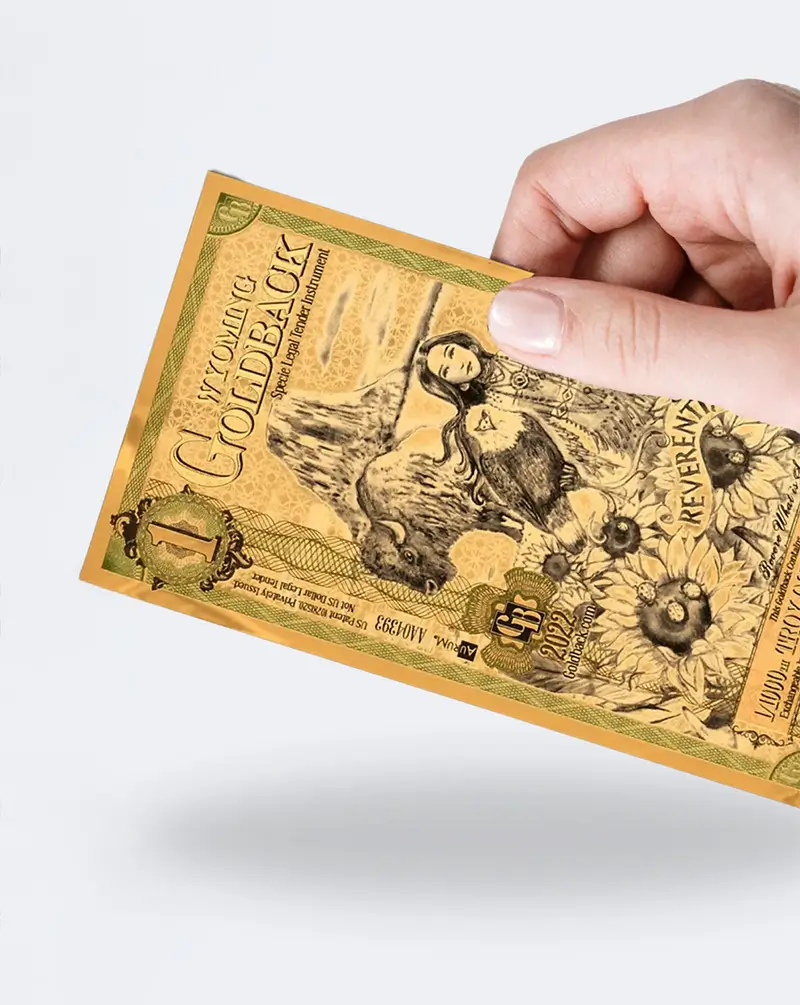
Questions About Goldbacks?
Questions about Goldbacks, gold-backed currency, or using gold as money? Contact our team today—just fill out the form below to get expert answers fast.
Get In Touch



Subscribe to our newsletter to receive updates on gold prices, new Goldback releases, and educational content.
We respect your privacy. Unsubscribe at any time.